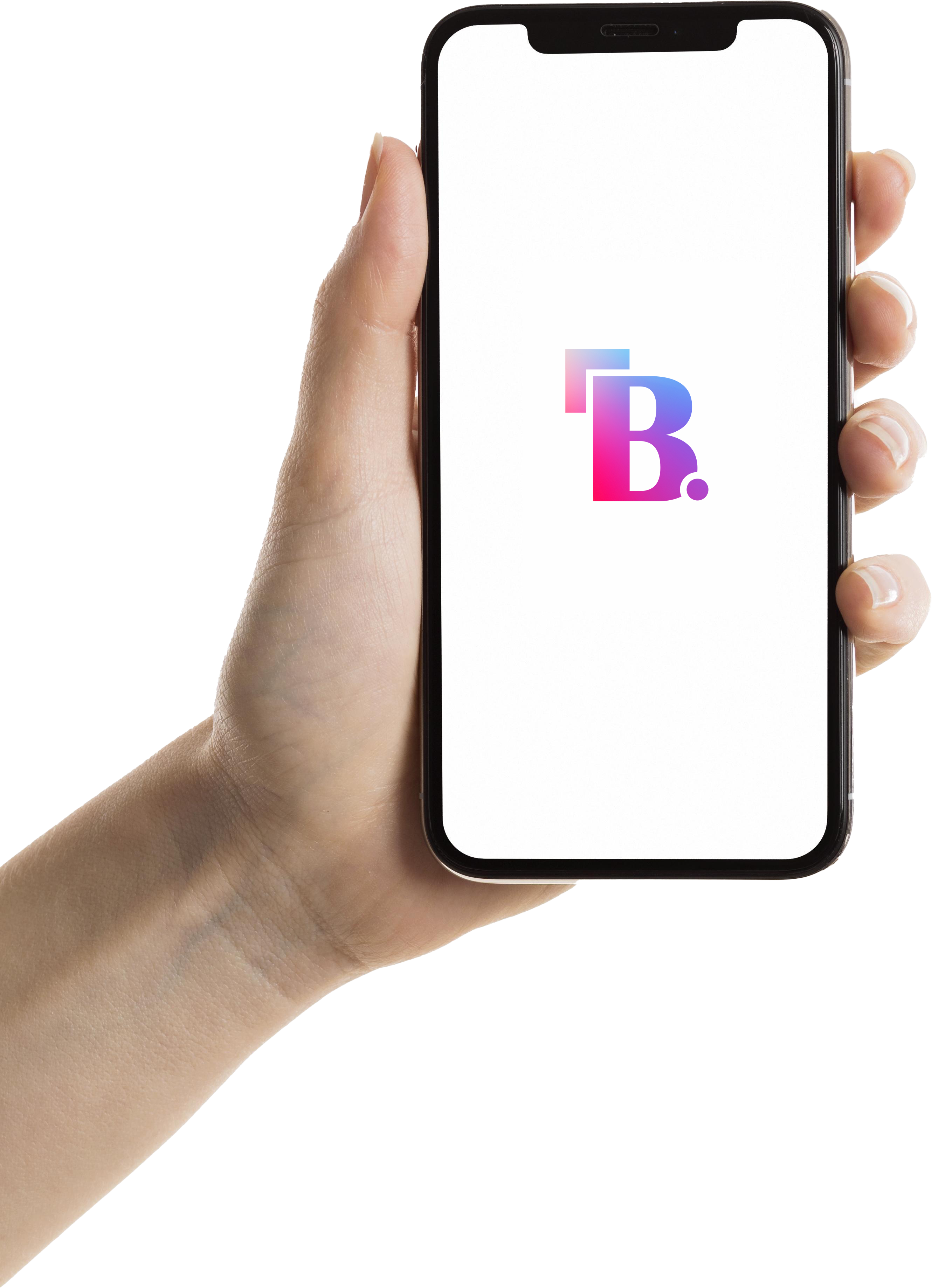RedBus Marketing Strategy
When planning a trip within India, the first place that comes to mind for booking bus tickets is RedBus. They dominate the online bus booking market, holding a massive 70% market share. But how did they achieve this level of success?
RedBus didn't get to the top by accident. They employed smart strategies and innovative thinking to become the leading platform for online bus ticketing. Let's explore the key elements that contributed to their success.
The RedBus Journey
It all started in 2005 when Phanindra Sama, an engineer from Hyderabad working in Bangalore, faced a common frustration—booking a bus ticket home for Diwali. After running around to different agents only to find that all the seats were sold out, Phanindra realized there had to be a better way.
This experience sparked the idea for RedBus. Phanindra, along with his friends Charan Padmaraju and Sudhakar Pasupunuri, who had faced similar issues, decided to create a solution. With limited resources, they developed software in 2006 to connect with travel agents and enable online bookings. However, convincing agents to adopt this new technology was no easy task.
Determined to make it work, the founders joined an entrepreneurship program, where they received valuable mentorship and refined their business model. They decided to shift focus from agents to directly partnering with bus operators, which gave them greater control, a broader selection of options, and helped build trust with both travelers and operators.
RedBus prioritized creating a seamless user experience, developing an easy-to-use website and mobile app for booking. They also introduced features like live bus tracking and cashless payments, making the process more convenient for customers.
RedBus hasn't stopped innovating. They continuously enhance their platform with AI-powered recommendations, personalized offers, and data-driven insights to stay ahead of the competition.
1. Entering the Market Early
Imagine being the first kid in the neighborhood with a new playground—everyone wants to try it out! RedBus entered the market in 2006, when online bus booking was still a novel idea. This early entry allowed them to build brand recognition and trust with customers before competitors even realized what was happening.
2. Building a Comprehensive Bus Network
Understanding that travelers need options, RedBus forged partnerships with a vast number of bus operators across India. This extensive network provided more routes, more choices, and stronger industry relationships, giving them a significant edge.
3. Simplifying the Booking Process
RedBus invested heavily in creating a user-friendly website and mobile app. The platform was designed to be easy to navigate, secure, and informative, making booking a bus ticket as simple as ordering a pizza.
4. Leveraging Technology
RedBus isn't shy about embracing technology. They introduced innovative features like live bus tracking, so customers know exactly where their bus is, and cashless payments to reduce the hassle of carrying cash. They even use artificial intelligence to suggest the best deals and keep users informed about their trips.
5. Prioritizing Mobile
With most people relying on their smartphones for daily tasks, RedBus made their mobile app a top priority. The strategy paid off, with over 90% of bookings now happening through the app. The convenience of having the app readily available makes it easy to book a bus ticket on the go.
6. Focusing on Safety
Safety is a top priority for RedBus. They offer features like live bus tracking, emergency contact information, and partnerships with verified bus operators. This emphasis on safety ensures that customers can enjoy a worry-free journey.
7. Offering Deals and Savings
Everyone loves a good deal, and RedBus understands the importance of affordability. They consistently offer competitive pricing and attractive deals, making bus travel an appealing option for budget-conscious travelers.
8. Effective Marketing
RedBus knew they had to get their name out there to succeed. They used a variety of marketing channels, including targeted advertising, strategic partnerships, and social media, to reach their audience and build a strong brand image.
9. Using Data to Make Informed Decisions
RedBus doesn't just guess what customers want—they use data analysis to understand preferences, optimize pricing, and personalize recommendations. This data-driven approach helps them stay ahead of customer needs.
Challenges and How RedBus Overcame Them
Consumer Challenges:
Building Trust in Online Booking: Initially, getting consumers to trust online booking was difficult. RedBus focused on secure transactions, verified operators, and clear information to build trust.
Limited Internet Access: In areas with poor internet connectivity, accessing RedBus was a challenge. They addressed this by creating a lightweight mobile app that requires minimal data and by offering offline booking options through agent partnerships.
Preference for Cash Payments: Many consumers preferred paying in cash. RedBus introduced cash-on-delivery options and partnered with digital wallets to cater to different payment preferences.
Operator Challenges:
Resistance to Change: Traditional bus operators were hesitant to adopt online booking systems. RedBus educated them on the benefits, such as wider reach and increased bookings, to encourage adoption.
Commission Fees: Some operators found RedBus’s commission fees too high. RedBus negotiated flexible commission structures and offered additional marketing benefits to make the partnership more attractive.
Integration Issues: Integrating RedBus’s platform with various operators’ systems was complex. RedBus invested in technology and worked with IT service providers to ensure smooth integration.
Illiteracy Among Operators: Many bus operators and travel agents were not tech-savvy, which slowed RedBus’s growth. Initially, RedBus handled bookings manually through a team of engineers. Over time, they introduced an SMS-based system and a user-friendly website with simple, colorful buttons to help operators and agents learn the process. Eventually, they launched an operator website and app, incorporating the same user-friendly strategies.
Key Takeaways for Product Managers
1. Identify Market Gaps Early: Spot unmet needs in your industry and be the first to offer a solution, establishing your brand as a leader.
2. Forge Strategic Partnerships: Build strong relationships with key players in your industry, whether they are suppliers, distributors, or complementary businesses.
3. Prioritize User Experience: Focus on creating a user-friendly and intuitive platform that meets the needs of your target audience. Ensure a seamless experience across all channels, especially mobile.
4. Embrace Technology: Continuously explore and implement new technologies to enhance user experience and stay ahead of the competition.
5. Focus on Trust and Security: Build user trust by prioritizing data security and offering transparent information about your product or service.
6. Offer Competitive Pricing: Understand market trends and offer pricing that reflects the value of your product. Consider loyalty programs or bundles to add value.
7. Develop a Strong Marketing Strategy: Use a mix of marketing channels to reach your target audience and build brand awareness. Leverage targeted advertising, social media, and partnerships.
8. Leverage Data: Use data analytics to gain insights into user behavior and preferences, and apply these insights to improve your product and marketing strategies.
9. Address User Challenges Proactively: Anticipate potential challenges and address them before they become major issues. Gather feedback and make continuous improvements.
10. Foster Continuous Improvement: Encourage a culture of learning and improvement within your team. Be open to feedback and adapt your product to meet changing market demands.
Popular Posts

OM Redox - Your Oxygen Box
OM Redox Your Oxygen Box is a convenient, portable oxygen provider, ready to use at the touch of [...]

Best Website Development Technology
PHP is often regarded as one of the best technologies for website development due to its flexibil [...]

Bira 91 Markeing Strategy- First Craft Beer of India
Beer enthusiasts are well aware of the wide range of options available, whether they're at a bar [...]




